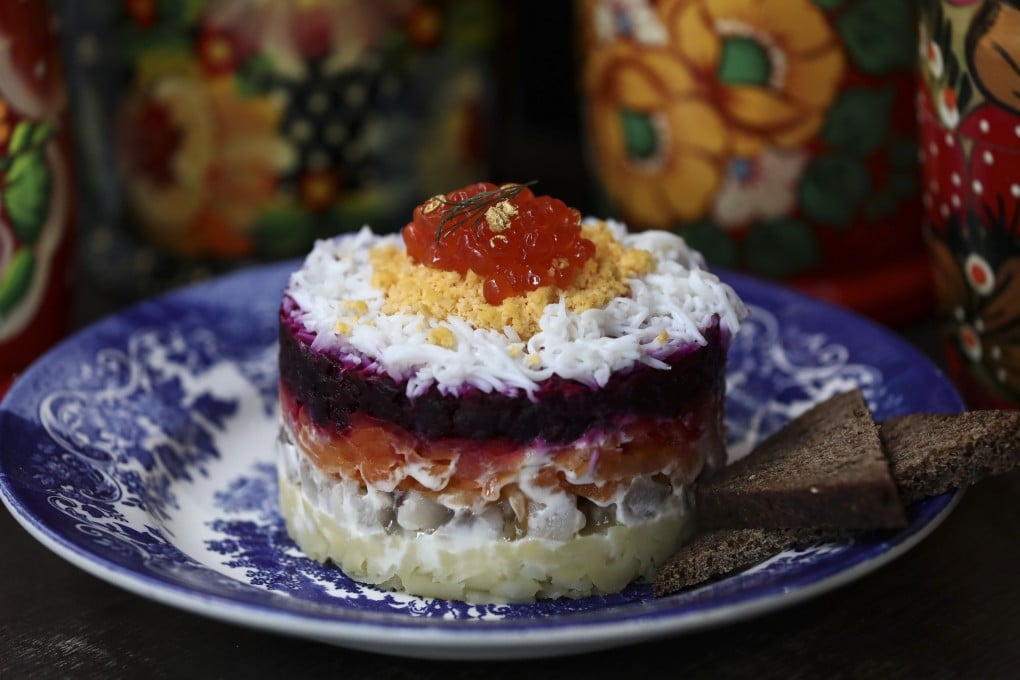Russian and Eastern European food: from borscht and dumplings to desserts, and where you can find it in Hong Kong
- Sour and tart flavours are popular in Russian and Eastern European cuisine because they take the edge of fatty foods required to get through harsh winters
- Sweet food are also popular; at Dacha in Hong Kong, the 12-layer honey cake with sour cream is by far the most popular dessert

Russian and Eastern European food is a rarity in Hong Kong, but it deserves recognition and attention for its contribution to the city’s culinary culture.
Many Russians fleeing the country’s communist revolution in 1917 landed in Hong Kong, bringing with them borscht, chicken Kiev and shashlik – dishes that you can still find today on the menus of old-fashioned Western-Chinese restaurants in the city.
Olena Smith and Oksana Shevchuk, sisters from Ukraine, came to Hong Kong in 2005. “It was a struggle then because we couldn’t find any stores in the city selling Russian produce and ingredients. There were no typical Russian restaurants, either,” Smith says.
To satisfy their cravings, the sisters started Xytorok, an online store, in 2012, supplying Russian ingredients by importing them straight from their home country.
“We started off importing special grains, and extended to provide fresh food such as smetana [sour cream] and special cheeses,” Smith says. It was an instant hit, she adds, popular with expats from Eastern Europe. “For the first time, they could get their hands on home food here.”
The sisters increased their online offerings in response to customers’ requests, selling made-to-order food including Russian dumplings and cakes. Customers then asked for a restaurant, and Dacha opened in 2015, with Shevchuk as the chef and Smith working front of house.